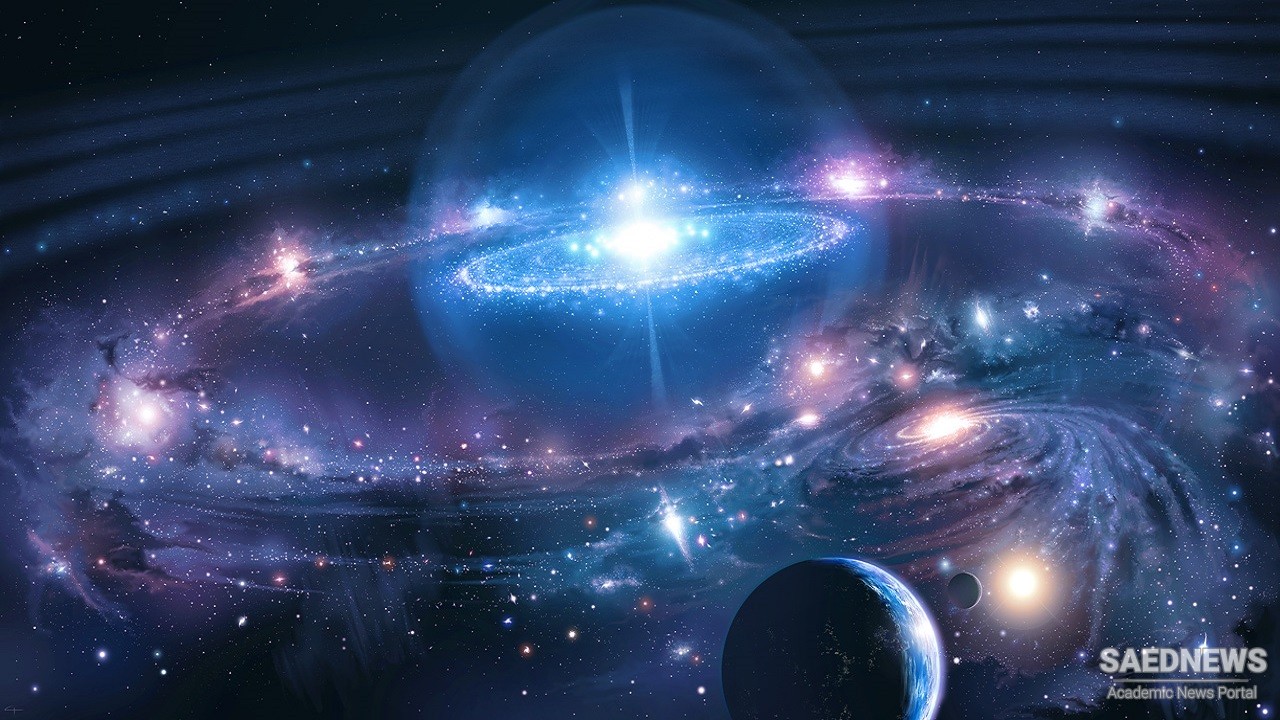The exact calculations of the Iranian Calendar focused on the movement of the earth around the sun are much more complicated, but the general idea is that the new year is linked to the new life generated on earth by the advent of spring. The Iranian calendar consists of twelve months: the first six have thiry-one days each, the next five have thirty, and the last month twenty-nine, or thirty in leap years. The names for the Iranian months derive from old Persian names of Zoroastrian deities, the religion of Iranians before the advent of Islam in the seventh century A.D. It was at this point that Iranians adopted the Islamic lunar calendar, which was used until the late nineteenth century, at least for administrative purposes. But the Iranian solar calendar was not forgotten: it was recalibrated in the eleventh century by a group of scholars, including the famous poet, mathematician, and astronomer Omar Khayyam, and was eventually enshrined in Iranian law in 1925. For example, our year 2010 corresponds to the Islamic solar year anno Persico (A.P.) 1388–89 and to the Islamic lunar year anno Hegirae (A.H.) 1430–31. Both of these calendars are in use today in Iran: the former for governmental and administrative purposes and the latter for religious observances. These calendars begin the reckoning at A.D. 622, with the Hijra (Hegira in Latin), the Holy Prophet’s migration from Mecca to Medina (Source: Among Iranians).


 Iranian Sense of Day and Week: Culture Informs Natural Events
Iranian Sense of Day and Week: Culture Informs Natural Events














































